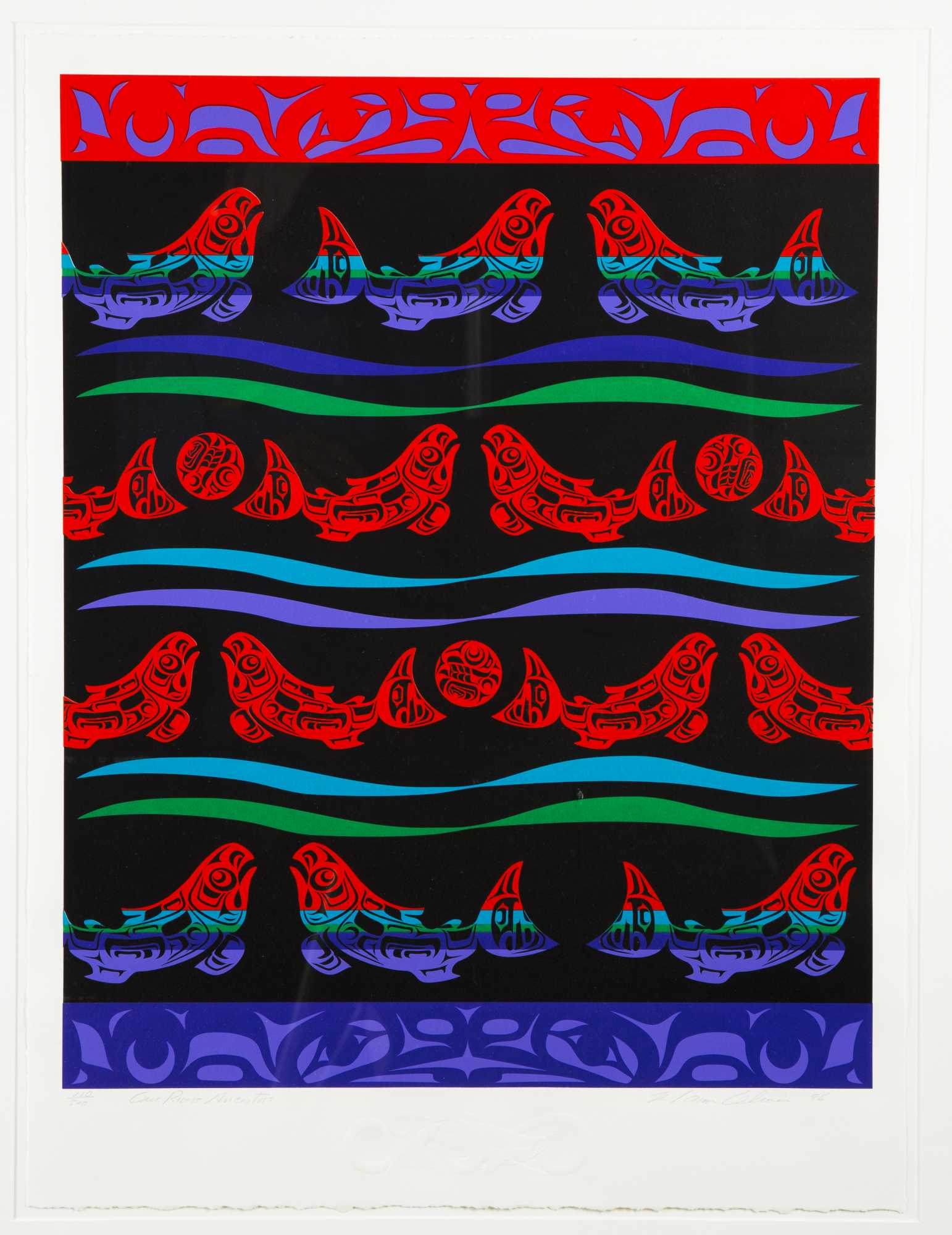

It was like a monster had hold of her - we couldn’t extract it.” “I’m not comfortable with the phrase ‘she took her own life,’ ” friend and fellow artist Jodi Rockwell says.

After a sudden and intense struggle with depression, Ramirez died by suicide - shocking everyone who knew her as a highly engaged mother, sister, partner, friend, teacher and unrelenting artistic force. She was 50 years old.Ĭlose friends and family have only recently begun speaking publicly about her passing. Now, it stands as one of the many arts legacies of Kristen Terry Ramirez, who died Nov. In 2015, the tunnel mural won an Americans for the Arts Award, national recognition for the best in public art projects.


She enlisted community volunteers to help paint it, then celebrated their work with a roller disco party inside. Like this one, a technicolor spangle of colors that look flicked onto the page.Seattle artist Kristen Ramirez designed the mural in 2014, saying she wanted to create a “ cinematic, moving experience” for all who travel through. In addition to forging community and discovering new ways to make silkscreen look like watercolor or pastel or oil instead of flat opaque poster color, the master printmaker creates his own art works. "Then the four or six visitors crowded into our tiny kitchen. The third color was before tea time," Di explains. It "took a while." "Four colors at least, before dinner. He printed color after color on the same piece of paper. They all knew to be there around Lou's printing schedule. In the early years, Lou and Di Stovall took breaks every day for tea "and some yummy sweet," says Di. Talking on the phone for hours (with Lou's beloved jazz in the background), unable to see the work together, they counted out leaf by leaf, so Lawrence could say where he wanted slight adjustments in color. They mailed colors and proofs back and forth, for the artist's approval. Jacob Lawrence was in Seattle Stovall in D.C. The foreground is framed with rows of spear-shaped leaves in varied greens. It's a landscape, six small white houses in the far distance, their brown rooftops lined with flames. At 85 now, Lou tells the story of how he and Jacob Lawrence got Lawrence's The Burning printed decades ago. In the days before computers and FaceTime, the telephone and post office were part of the partnership. Screenprint, 34 x 21 in.Ĭollection of Lou and Di Stovall © Estate of David C. National Gallery curator Harry Cooper, in his foreward to Stovall's new book Of the Land, edited by his son artist Will Stovall, describes Lou as "a small figure.calm and smiling, Buddha-like amidst the clamor." (That book - a collection of Lou's poems, prints and drawings, is featured in a second show at the Kreeger.)ĭavid Driskell, Dancing Angel, 2002. To sustain such collaborations, the printer needed "to be open-minded, sociable, creative and welcoming, to create an atmosphere where artists can thrive," says Danielle O'Steen, curator of Washington's Kreeger Museum exhibition "Lou Stovall: On Inventions and Color." In his quiet, focused way, Lou is all of that. Their collaborations produced extraordinary works. Lou made prints with and for some major American artists: his hero Jacob Lawrence ( known for his "Migration" series, which tours top museums), his neighbor Gene Davis ( whose stripe paintings look as if a clutch of rulers got lost in a paint box of primary colors), his close friend Sam Gilliam ( canvases dyed and draped along the wall) all came to Lou's studio to make their screenprints.


 0 kommentar(er)
0 kommentar(er)
